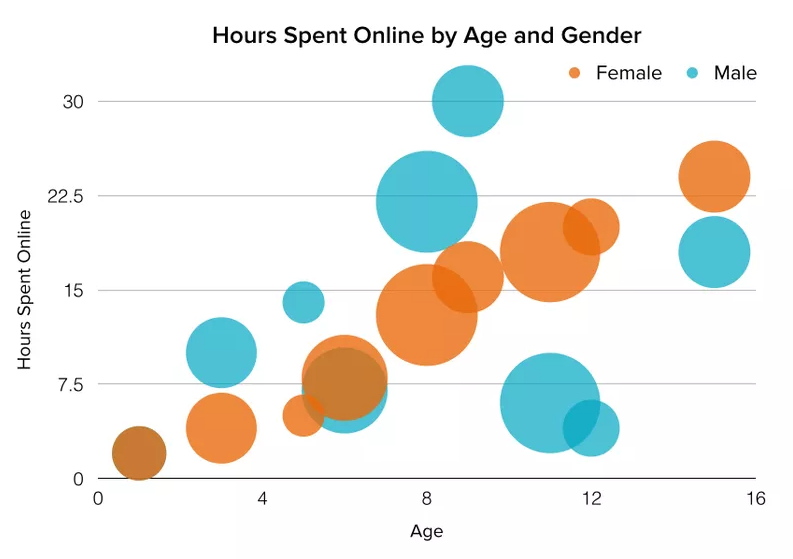Stata Tips and Tricks for Faster Data Analysis|2025
/in STATA Articles /by BesttutorDiscover Stata Tips and Tricks for Faster Data Analysis. Learn expert strategies to streamline your workflow, improve efficiency, and get accurate results in less time with Stata.
Stata is a powerful statistical software widely used for data analysis across various fields, including economics, sociology, public health, and political science. It offers a comprehensive suite of statistical tools for performing a wide range of data manipulations, analysis, and visualization. For users who aim to work with large datasets or perform sophisticated analyses efficiently, mastering Stata tips and tricks is essential.
This paper explores some of the best practices, tips, and tricks to speed up your data analysis workflow in Stata. Additionally, the paper will provide information on useful Stata commands, how to use Stata for data analysis, and key resources such as Stata manuals and PDF downloads.
Table of Contents
ToggleSection 1: Stata Commands for Data Manipulation
Efficient data manipulation is at the heart of any analysis in Stata. Here are several essential commands and strategies for quicker and more efficient data management.
Data Import and Export
Stata allows you to import data from various formats, such as Excel, CSV, and text files. Understanding how to import and export data efficiently can save a lot of time.
- Importing Data: To import data from an Excel file, you can use the
import excelcommand:stataimport excel using "filename.xlsx", sheet("Sheet1") firstrow clear
This command loads the Excel sheet into Stata, taking the first row as variable names. If the data is in CSV format, the
import delimitedcommand is used:stataimport delimited "filename.csv", clear
- Exporting Data: When you need to export your Stata dataset to a CSV file, use:
stata
export delimited using "filename.csv", replace
Cleaning and Transforming Data
One of the most time-consuming tasks in data analysis is cleaning and transforming data. Here are some tips for effective data cleaning:
- Renaming Variables: To rename variables efficiently, use the
renamecommand:statarename oldname newname
- Recoding Variables: If you need to recode a variable, the
recodecommand is highly useful:statarecode age (18/30 = 1) (31/45 = 2) (46/60 = 3), generate(age_group)
- Dropping Variables: If you no longer need certain variables in your dataset, use the
dropcommand:statadrop var1 var2
- Handling Missing Values: Stata provides several commands to deal with missing data. For example, you can replace missing values with the mean using the
replacecommand:statareplace varname = mean(varname) if missing(varname)
Generating New Variables
Creating new variables is a common task in data analysis. Stata’s generate command can help you create new variables based on existing ones.
- Creating a New Variable:
stata
generate new_var = var1 + var2
- Conditional Variables: If you need to create a new variable based on conditions, use the
ifqualifier:statagenerate new_var = 1 if age > 18
- Labeling Variables: To keep your dataset organized and readable, labeling variables and values is a good practice:
stata
label variable varname "Description of the variable"
label define agegrp 1 "Young" 2 "Middle-aged" 3 "Old"
label values age agegrp
Section 2: Advanced Stata Techniques
As your data analysis needs become more complex, so do the techniques available in Stata. Here are some advanced tips for optimizing your workflow.
Using Macros for Repeated Tasks
Macros allow you to store and reuse commands or lists of variables, which is particularly useful for repetitive tasks. Stata supports both local and global macros.
- Creating a Local Macro:
stata
local vars age height weight
summarize `vars'
- Global Macro: A global macro can be used throughout your Stata session:
stata
global myvars age height weight
summarize $myvars
Loops for Repetitive Operations
Loops are one of the most efficient ways to repeat a set of operations across multiple variables or observations. Here are some common loop types:
- For-Values Loop:
stata
forval i = 1/10 {
display `i'
}
- For-Variables Loop:
stata
foreach var of varlist age height weight {
summarize `var'
}
Efficiently Working with Large Datasets
Working with large datasets can slow down your analysis if you’re not careful with your commands. Stata provides several strategies for handling large datasets:
- Use of Indexing: Stata supports indexing, which can greatly improve the speed of operations on large datasets. You can create an index on variables:
stata
index varname
- Use of
compressCommand: To reduce the memory usage of your dataset, you can use thecompresscommand:statacompress
- Using Binning: If your dataset is too large to work with efficiently, consider binning your data to make computations faster:
stata
gen age_group = .
replace age_group = 1 if age <= 30
Section 3: Data Analysis Using Stata
After you have cleaned and transformed your data, the next step is analysis. Stata provides a wide range of statistical procedures for descriptive and inferential analysis.
Descriptive Statistics
Descriptive statistics such as means, medians, and standard deviations can be easily obtained using the summarize command:
summarize varname
For more detailed statistics, such as skewness or kurtosis, the detail option is available:
summarize varname, detail
Regression Analysis
Stata is widely used for performing regression analysis. The basic syntax for running a linear regression is:
regress dependent_var independent_var1 independent_var2
For logistic regression, the command is:
logit dependent_var independent_var1 independent_var2
You can also perform multilevel modeling and time-series analysis, which are especially useful in economics and social sciences.
Visualization
Stata provides a range of graphing commands to visualize your data. The graph command can be used to create various types of plots, including histograms, scatter plots, and box plots.
- Histogram:
stata
histogram varname
- Scatter Plot:
stata
scatter yvar xvar
- Box Plot:
stata
graph box varname
Section 4: Resources for Learning Stata
To improve your Stata skills, there are several helpful resources available, including books, manuals, and PDFs.
“Data Analysis Using Stata, Third Edition PDF”
The book Data Analysis Using Stata, Third Edition by Ulrich Kohler and Frauke Kreuter provides an in-depth guide to using Stata for data analysis. The PDF version of this book is available for download, offering readers a comprehensive introduction to Stata commands, data management, and statistical methods.
Stata Questions and Answers PDF
For anyone using Stata, having access to a collection of frequently asked questions (FAQs) and solutions can save a significant amount of time. You can find Stata questions and answers PDFs online that provide practical solutions to common problems faced by Stata users.
“An Introduction to Statistics and Data Analysis Using Stata (PDF)”
This guide is a perfect starting point for beginners who want to learn statistics with Stata. It offers a detailed explanation of the basic statistical techniques that can be implemented in Stata. The PDF download is widely available and can be a valuable tool for students and professionals alike.
Stata Commands PDF
A handy Stata commands PDF provides a concise reference guide to all the commands in Stata. This resource is excellent for quickly finding syntax and examples of how to use specific commands for data manipulation, analysis, and visualization.
Conclusion
Mastering Stata tips and tricks can significantly improve the efficiency of your data analysis process. By familiarizing yourself with key commands for data manipulation, analysis, and visualization, you can save valuable time and avoid common mistakes. Furthermore, understanding how to leverage Stata’s advanced features, such as macros, loops, and indexing, will allow you to work with larger datasets and more complex analyses.
For those new to Stata or looking to enhance their skills, resources like the Data Analysis Using Stata book, the Stata commands PDF, and FAQs are invaluable tools. Mastering these Stata tips and tricks will enable you to carry out faster, more accurate data analyses.
GetSPSSHelp is the best website for “Stata Tips and Tricks for Faster Data Analysis” because it offers expert-curated insights to enhance your efficiency and accuracy in data analysis. The platform provides practical, easy-to-follow tips designed to streamline workflows and optimize the use of Stata’s advanced features. With tailored guidance and step-by-step tutorials, GetSPSSHelp ensures that users of all experience levels can maximize their productivity. Affordable pricing and high-quality resources make it accessible for students and professionals alike. Additionally, 24/7 customer support guarantees that assistance is always available, making GetSPSSHelp a trusted resource for mastering Stata.
Needs help with similar assignment?
We are available 24x7 to deliver the best services and assignment ready within 3-4 hours? Order a custom-written, plagiarism-free paper






